Nokia 4A0-C02 - Nokia SRA Composite Exam
Click the exhibit.
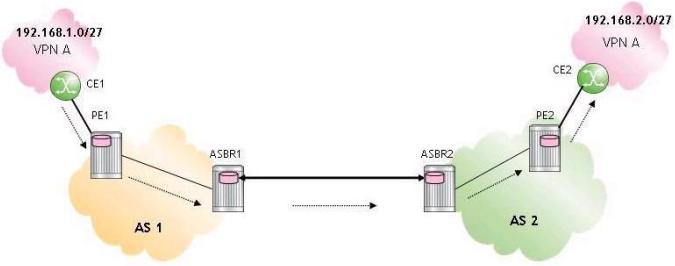
For the inter-AS model A VPRN. BGP is used as the PE-CE routing protocol. Which of the following statements about the control plane operation is TRUE?
Which of the following about inter-AS model A VPRN is FALSE?
Click the exhibit.
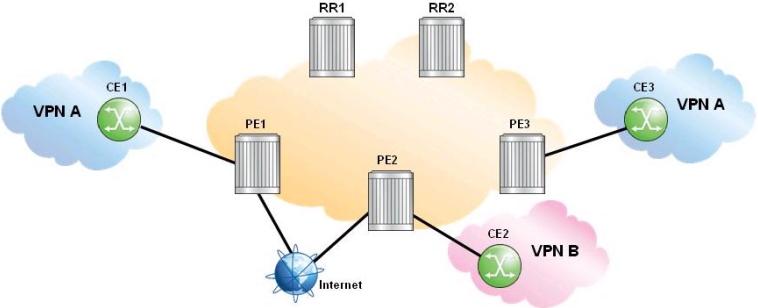
All sites in the displayed network require Internet access. Route reflector 1(RR1) is used for Internet routes only and route reflector 2(RR2) is used for VPN routes only. Which of the following is FALSE?
Choose the answer that best completes the following sentence. The CE device is typically configured with _________________.
Which of the following about inter-AS model AVPRN is TRUE?
Click the exhibit.
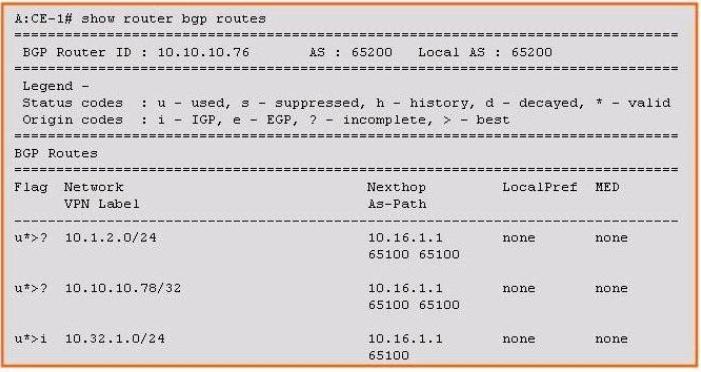
Assuming that the as-override command is used, what is the most likely location of prefix 10.1.2.0/24?
What are the two primary problems the service provider must consider when providing traditional Layer 3 VPN services using only a single common routing table in the provider core? (Choose two)
It is required to prepare the provider core for LDP on an Alcatel-Lucent 7750 SR. Based on the configuration shown below, choose the answer that best describes the given configuration.
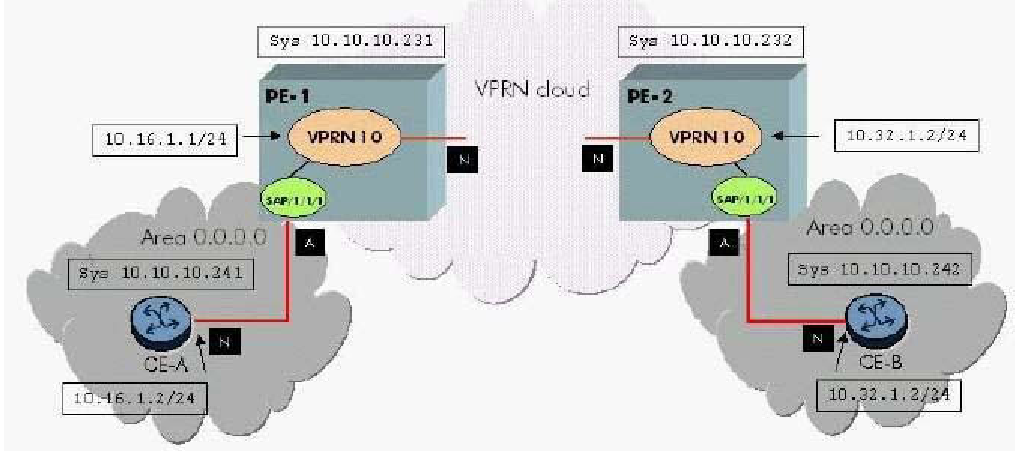
Which of the following is not an available option for Route Distinguisher assignment?
Click the exhibit.
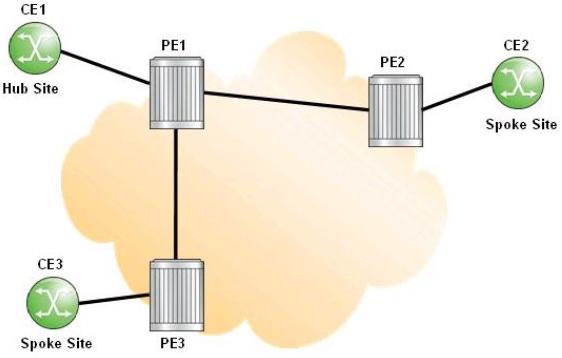
For the CE hub and spoke VPRN, which of the following is FALSE?
The policies shown below from the configuration of an Alcatel-Lucent 7750 SR have been created to implement an Extranet VPRN between the main sites of two separate VPRNs. How should these policies be applied?
Which of the following about VPRN Outbound Route Filtering (ORF) is FALSE?
Click the exhibit.
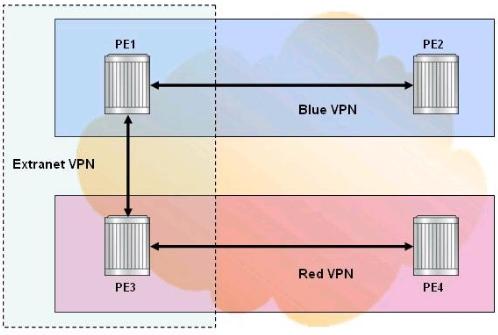
How many route targets and route distinguishers are required to implement the extranet VPRN?
In a VPRN that uses MPLS transport tunnels, which of the following is NOT configured on the PE device?
Click the exhibit.
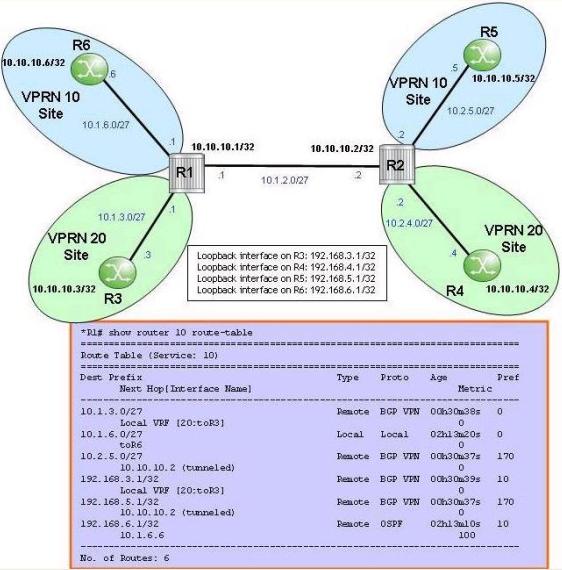
Which VPRN type produces the output shown on router R1?



